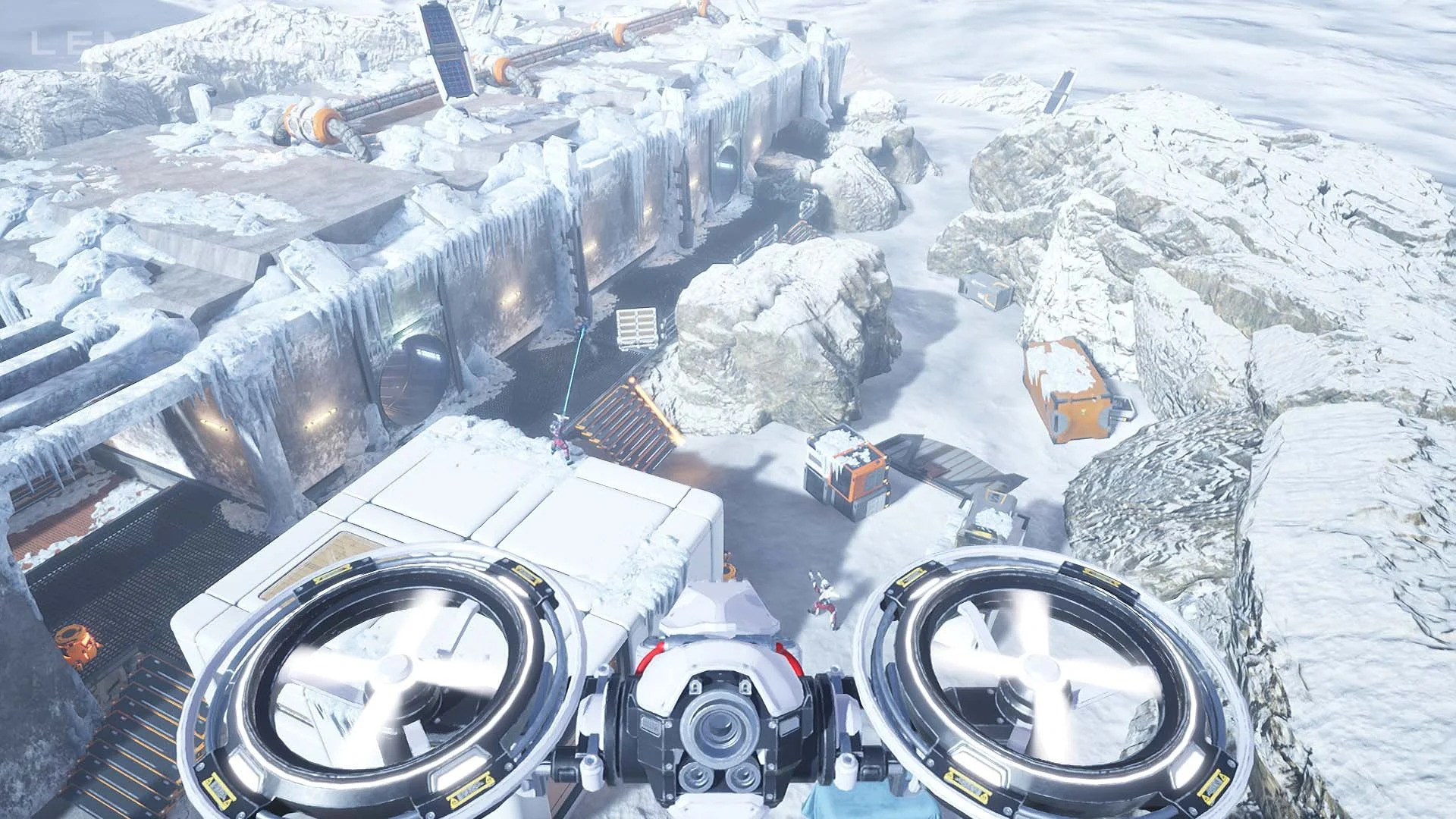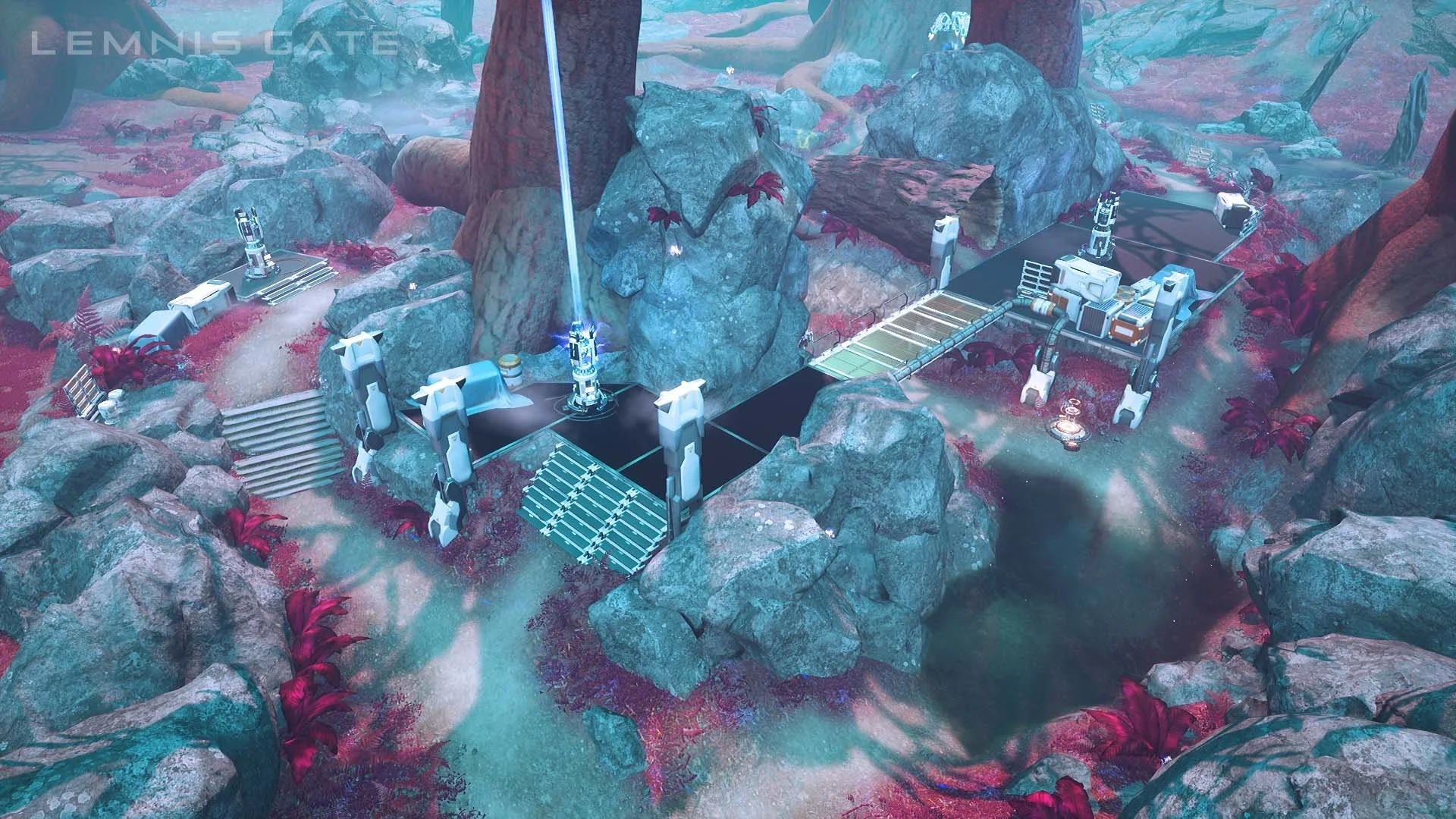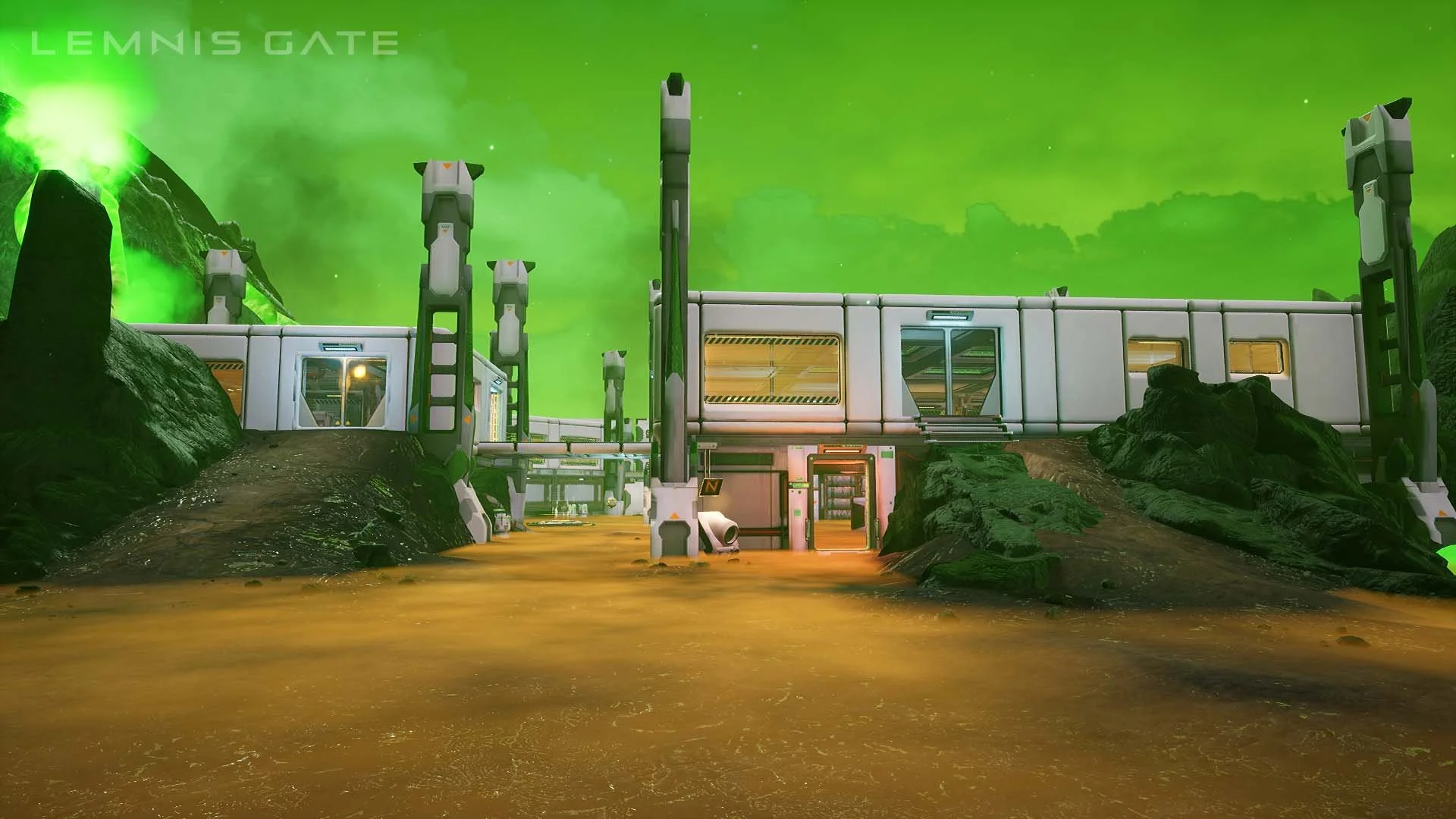LEVEL DESIGN IN 4 DIMENSIONS
In a recent Q&A, we were asked how LEMNIS GATE's time looping mechanics affect the game's Level Design. As you can see in our post about Greyboxing, our LD fundamentals are pretty similar to other FPSs, but there are core differences worth pointing out. Here's a list of what makes our Level Design unique. Let's dive in!
Chess as an FPS: Arguably, the most defining change is the turn-based nature of our game. Primarily, we have a philosophy of looking at each level like a tabletop board, similar to chess. In Lemnis Gate, the pieces (our Operatives) have distinct capabilities affecting their placing and timing on the board. The board must be easy to read and allow the depth of strategy to arise from the pieces within them.
Accessibility: To keep strategical depth accessible, each map intends to be as straightforward and readable as an FPS chessboard. This is done by employing modest amounts of discrete (and often binary) path choices so players can intuitively see, understand, and plan their turns without too much distraction from "choice overload."
Open Sky Plan: A meaningful difference between Lemnis Gate and a traditional FPS is the concept that players are meant to gather information with their reconnaissance drones to strategize. The Level Design must always account for drone navigation, including high ceilings or open skies void of collision to enable players to spectate with the drone unabated. Essentially, drones need easy access and clear views of all relevant action, giving players enough to study the battlefield before formulating a response.
Scaled With Time: The maps also need to fit a particular dimension criterion, often compact and only moderately sized arenas. This is primarily due to levels being measured in time rather than literal length. There's wiggle room depending on the map's intent and objective placement, but the average time taken to navigate from spawn to objectives defines the map's scale in Lemnis Gate. Maps will often include opportunities for faster traversal methods such as jump pads and risky shortcuts. These are designed as opportunities for higher-level play and allows players to use precise and quick locomotion to make every second precious.
Pathing Direction Selection: From the initial sketches to final art asset iterations, there are other Level Design fundamentals we constantly consider regarding our level pathing:
A major factor to strategy in LEMNIS GATE involves diversifying paths taken to objectives and combat. Laying out your team makes for harder kills, and therefore it's more complex to counter.
Like chess pieces, each path needs distinct values for each Operative and their capabilities: For example, Striker thrives in long sightlines, open areas are great for Vendetta turrets, Rush quickly dashes across far jumps, etc.
Each path needs to be balanced and provide equally viable choices for objective achievement. Despite our "two halves" approach to matches, it's never intended for one side to feel significantly easier to win than the other.
The combination of these principles maximizes the replayability of each map, allowing for a variety of strategies that will keep players coming back to further perfect their plans and execution.



